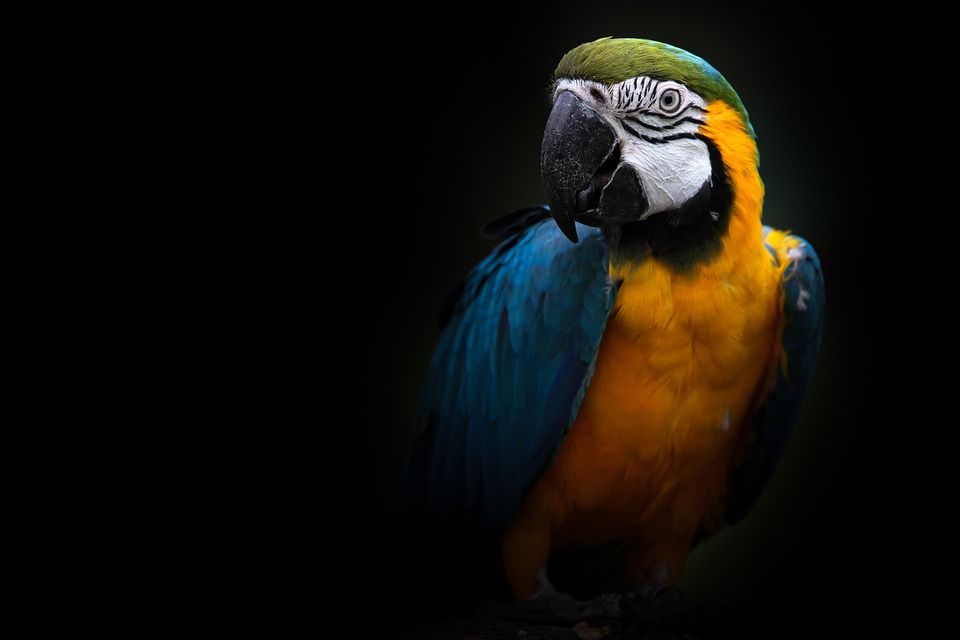Title: How to Keep Your Parrot Engaged During Training Breaks
Introduction:
Training parrots can be a rewarding experience, but it’s important to remember that these intelligent creatures need mental stimulation and variety to prevent boredom and restlessness. In this article, we will explore effective strategies to keep your parrot engaged during training breaks, ensuring that their learning journey remains fun and thriving.
1. Understanding the Importance of Training Breaks
Training breaks are crucial for the well-being of parrots. Just like humans, parrots need time to process and absorb the information they have learned. Balancing training and rest periods is essential for optimal learning outcomes.
2. Creating a Stimulating Environment
To keep your parrot engaged during training breaks, provide a diverse range of toys and playthings. Parrots enjoy toys that challenge their minds and provide entertainment. Rotate and introduce new toys regularly to keep them interested. Additionally, encourage foraging and problem-solving activities to stimulate their natural instincts.
3. Engaging Social Interactions
Socialization plays a vital role in preventing boredom in parrots. Encourage interactions with other parrots or humans. Organize playdates or visits to bird-friendly environments where your parrot can interact and socialize with others of their kind.
4. Incorporating Enrichment Activities
Enrichment activities are great for keeping parrots engaged during breaks. Explore puzzle toys and food dispensers that require problem-solving skills. Set up an obstacle course or bird-safe play gym for them to explore and enjoy. Offer supervised time outside the cage for exploration, allowing them to experience new sights and sounds.
5. Implementing Interactive Training Techniques
To make training breaks engaging, incorporate trick training sessions. Teach your parrot to perform engaging tasks or play games. Utilize positive reinforcement techniques to keep training enjoyable for them. This will not only keep them engaged but also strengthen the bond between you and your parrot.
6. Avoiding Monotony
Monotony can quickly lead to disinterest in training sessions. Vary your training routines and exercises to keep things interesting. Introduce new commands or behaviors to challenge your parrot and keep them engaged. Incorporate different training tools and techniques to ensure variety in their learning experience.
FAQs:
Q1: How long should training breaks be for my parrot?
A1: The length of training breaks depends on your parrot’s individual needs. Generally, breaks of 10-15 minutes between training sessions are sufficient.
Q2: Can I leave my parrot unattended during training breaks?
A2: It’s best not to leave your parrot unattended during training breaks. Supervision ensures their safety and allows you to intervene if any problems arise.
Q3: Are there any specific toys or puzzles recommended for parrot enrichment?
A3: Parrots enjoy toys that challenge their problem-solving skills, such as puzzle toys, foraging toys, and food dispensers. Choose toys made from bird-safe materials and regularly rotate them to keep your parrot engaged.
Q4: How can I ensure my parrot’s safety during supervised playtime outside the cage?
A4: Before allowing your parrot outside the cage, ensure the area is bird-proofed, removing any potential hazards. Keep a close eye on your parrot to prevent accidents or escapes.
Q5: Will incorporating new training techniques confuse my parrot?
A5: Introducing new training techniques gradually and using positive reinforcement will help your parrot adapt and prevent confusion. Patience and consistency are key when introducing new techniques.
Remember, a bored or restless parrot may become disinterested in training sessions, making the learning process more challenging. By implementing these strategies, you can ensure that your parrot remains engaged and motivated during training breaks, leading to a more successful and enjoyable training experience overall.









